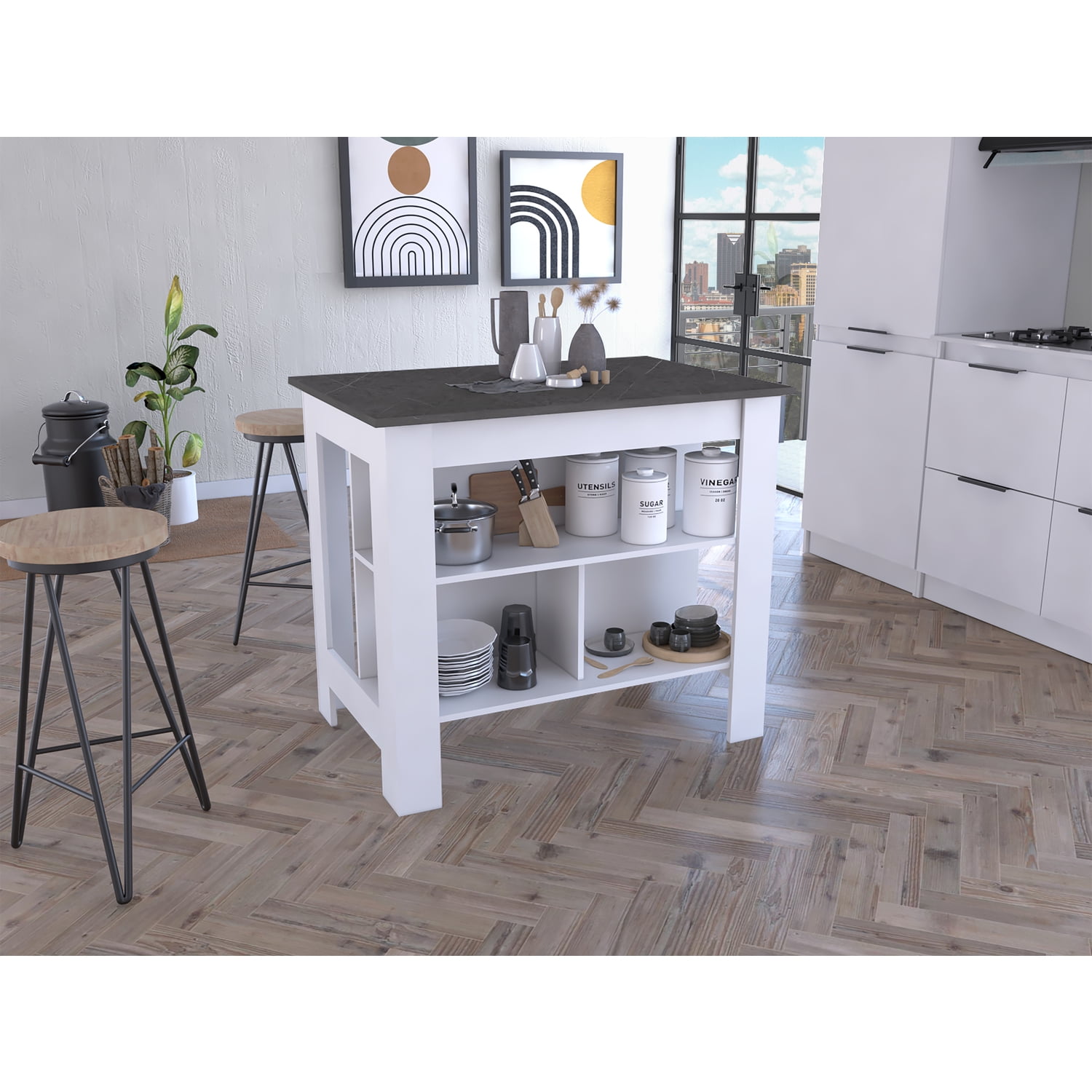Upgrade Your Kitchen's Visual with Costs Legs For Kitchen Island
Upgrade Your Kitchen's Visual with Costs Legs For Kitchen Island
Blog Article
Essential Aspects to Take Into Consideration When Picking Legs For Cooking Area Island
Selecting the appropriate legs for a kitchen island includes a mindful analysis of several variables that can considerably affect both functionality and visual allure. As we discover these elements, it ends up being clear that each decision can have significant effects for the overall kitchen experience.
Material Options
When selecting legs for a cooking area island, understanding the various material options is important for accomplishing both visual appeal and structural integrity (Legs For Kitchen Island). The choice of material significantly affects not just the longevity of the island however likewise its overall design and functionality
Steel legs, typically made from stainless steel or wrought iron, contribute a contemporary and commercial feel while making certain longevity and stability. These materials are resistant to use and can support significant weight, making them ideal for bigger islands.
Another choice is crafted materials, like MDF or plywood, which can be a lot more cost-efficient while still providing a variety of coatings. They may not give the exact same degree of security as strong wood or metal. Legs For Kitchen Island. Last but not least, materials such as acrylic or glass can develop a contemporary look, though they might need extra assistance to make certain security.
Ultimately, the option of product for kitchen area island legs need to align with the preferred capability and the overall motif of the kitchen.
Style and Design

When taking into consideration design, the form and coating of the legs are essential. Conical legs can provide a feeling of agility and style, while thicker, a lot more durable legs can communicate stamina and stability. Additionally, the finish-- be it repainted, tarnished, or all-natural-- ought to match the cabinetry and countertop products to develop a unified appearance.
Furthermore, the design of the legs can also mirror individual taste. Custom or decorative legs, such as those including complex carvings or unique geometric shapes, can work as centerpieces, adding character and personality to the cooking area. Eventually, the ideal option will not just improve functionality yet likewise elevate the visual appeal, making the cooking area island a standout function of the home.
Height Factors To Consider
Choosing the proper elevation for kitchen island legs is vital, as it directly affects both capability and convenience. The conventional elevation for a kitchen island usually varies from 36 to 42 inches, straightening with common counter top elevations.

It is also essential to make up individuals' preferences and elevations. Personalizing the elevation can make sure a comfortable experience for all relative, making the cooking area island a more delightful and practical area.
Weight Assistance
Guaranteeing ample weight support for kitchen island legs is crucial for both safety and capability. The kitchen island commonly serves several purposes, consisting of cooking, eating, and additional storage, necessitating a durable assistance framework. When picking legs, it is vital to consider the general weight ability required based on the island's meant usage and the materials that will be put on it.
The selection of material for the legs plays a considerable duty in their weight-bearing capabilities. Solid wood, steel, and sturdy composites typically give superior stamina contrasted to lighter products. In addition, the design of the legs-- whether they are straight, tapered, or have a pedestal type-- can affect their capacity to disperse weight effectively across the structure.
Always consult the manufacturer's requirements pertaining to lots limitations to make sure that the legs can sustain the intended review weight without compromising safety and security. In recap, choosing kitchen island legs with adequate weight assistance is necessary for producing a risk-free and functional culinary space.
Installment and Upkeep
Appropriate installation and upkeep of cooking area island legs are vital for making sure longevity and security. To begin, it is important to comply with the producer's standards during installment. This commonly includes protecting the legs to the island base making use of suitable bolts, making sure that the legs are level and lined up. Utilizing a degree tool can assist prevent tottering and enhance the total aesthetic charm of the kitchen island.
Once set up, normal maintenance is required to maintain the integrity and appearance of the legs - Legs For Kitchen Island. For wood legs, routine cleaning with a moist towel and application of suitable wood gloss can protect against moisture damages and keep their finish. Metal legs may call for a mild cleaning option to get rid of grease and gunk, complied with by a completely dry towel to avoid rust development
In addition, inspect the legs frequently for indications of wear or damages, such as fractures or loose joints. Tightening up screws or screws as required can additionally lengthen the life-span of the legs. By sticking to these setup and upkeep methods, house owners can make sure that their kitchen area island stays durable and visually appealing for years to come.
Verdict

Aesthetic coherence is critical in choosing the design and layout of legs for a kitchen island, as these elements considerably affect the total setting of the space. Tapered legs can provide a sense of lightness and beauty, while thicker, a lot more durable legs can share toughness and security.Selecting the ideal elevation for cooking area island legs is critical, as it straight influences both capability and convenience. In recap, choosing kitchen area island legs with appropriate weight support is vital for producing a risk-free and practical culinary her latest blog room.
In conclusion, picking legs for a cooking area island demands mindful factor to consider of different elements, including material alternatives, design, height, weight support, and installment.
Report this page